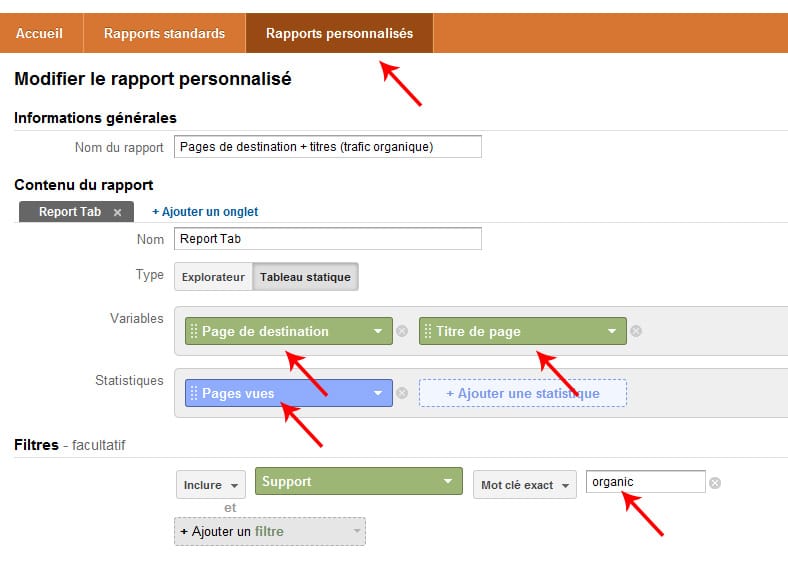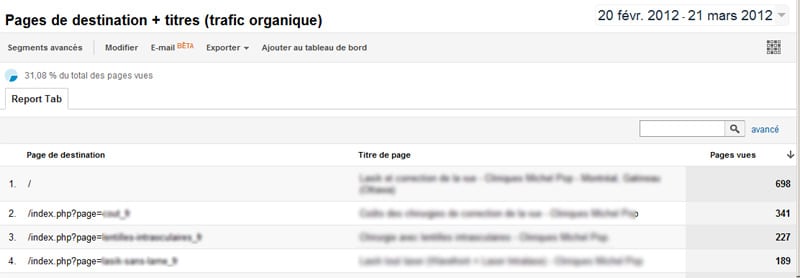URL redirection for a smooth transition
In January 2011, the SEO Adviso team published an article on the importance of 301 redirects when redesigning a site. Unfortunately, hasty transitions are still too common. Indeed, it is not uncommon to see the new version of a site appear without even a single URL from the previous version having been redirected correctly. We are content with a simple 404 error page, telling ourselves that time will fix things.
If we take, for example, a site that has about 5000 pages and that the 100 best performing pages generate an average of 5 visits each per day, we are talking about about 500 visits per day that could be lost.
NEGLECTING TO REDIRECT THE TOP 100 PAGES COULD CREATE THE FOLLOWING PROBLEMS:
- Low quality index to search engines given the high number of 404 error pages.
- Decrease in the number of visitors during the indexing of new pages.
- Decrease in the number of visitors given the loss of position of the new pages in the search results.
- Increase in the bounce rate since the visitor does not reach the page he intended to consult.
- Cutting the PageRank flow distributed by authority pages.
Do your homework!
When you develop a new site architecture, you establish URL writing rules. So you know what future URLs will look like, but now you need to associate them with the old ones. It is not the developer's job to create these associations, but the strategist's. The integrator will have the task of carrying out the redirections according to the indications of this one.
Use Google Analytics to identify which pages are generating the most traffic. Say, the top 100 if your site has hundreds of pages. Export this list to an Excel file and be sure to include data to identify the content of the page targeted by the URL. Why give a hint about the content targeted by the URL? Let's assume that your URLs do not contain any keywords, but only arguments of the type id=22. Even if you make a great list of URLs, you won't be able to associate old URLs with new ones since you won't have any idea what your URLs are about. So much the better if you have clean and descriptive URLs, because it will be easier to make the associations. But if not, the page title gives a great clue about the content of the pages targeted by your URLs.
The following steps explain how to create an association table from old URLs to new ones. The integrator will use this document to implement the redirections.
1. CREATE A CUSTOM REPORT

2. EXPORT REPORT RESULTS

3. MAP OLD URLS TO NEW URLS
-jpg.jpeg)
Sound complicated? It is enough to do it once to find that it is simple. Unfortunately, the new version of Google Analytics does not offer the possibility of displaying landing pages and page titles in one step. It is therefore necessary to design a personalized report. The work of association may seem long and tedious, but it will prevent you from losing precious visits, but above all to preserve a hard-earned SEO over time.



.jpg)









